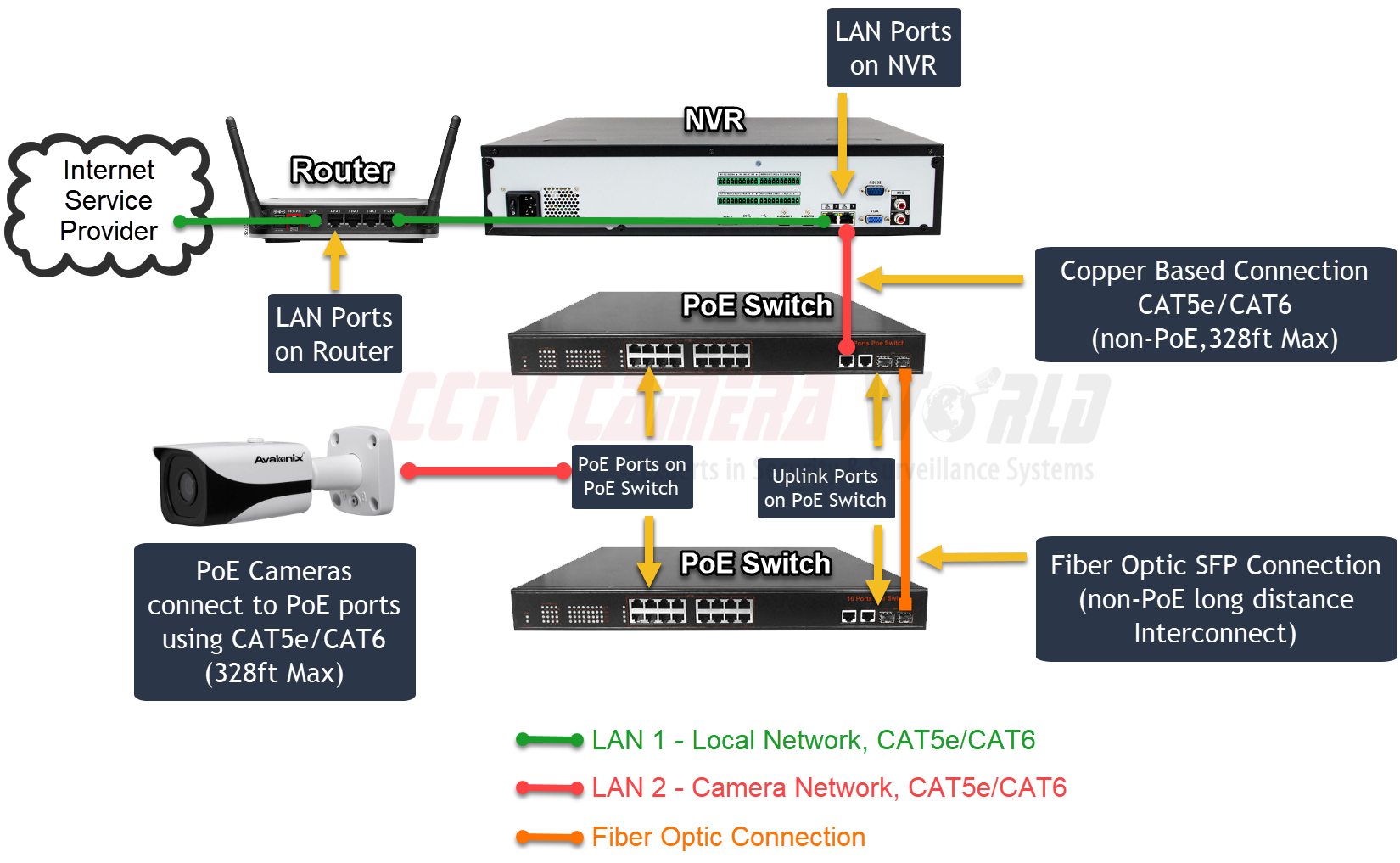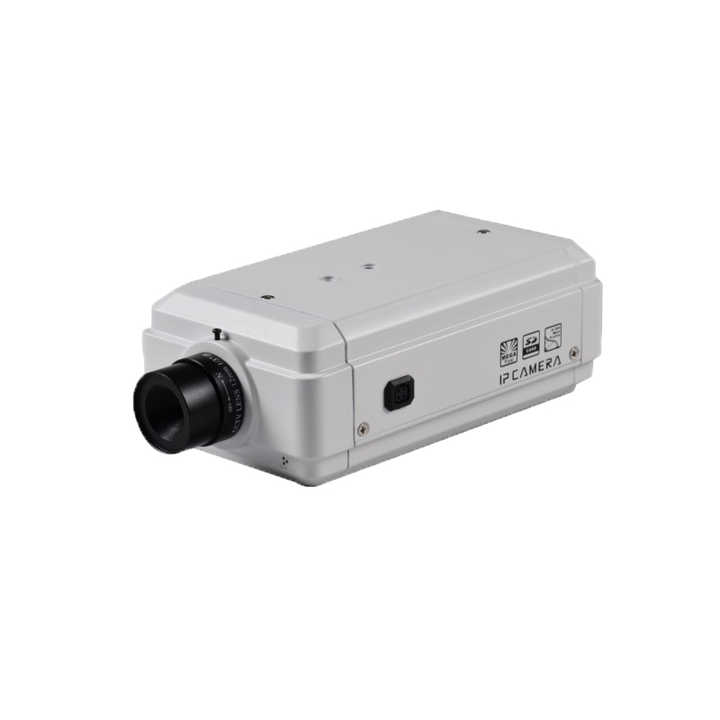Just How CCTV Cameras With Fiber Optic Result Enhance Long-Distance Tracking
CCTV cams outfitted with fiber optic output represent a considerable innovation in long-distance surveillance technology, using unmatched advantages over traditional systems. By leveraging the residential properties of light transmission via optical fiber, these cameras guarantee high-def video clip top quality continues to be intact across extensive distances while effectively reducing electromagnetic interference. This development not only enhances image clarity but also streamlines installation procedures and source appropriation. As we discover the effects of this modern technology, one should consider how these innovations are improving the landscape of protection and surveillance systems in various applications.

Understanding Fiber Optic Technology
Fiber optic technology is significantly made use of in long-distance surveillance applications because of its outstanding capability for data transmission. This technology uses slim hairs of glass or plastic fibers to transfer data as light signals, significantly lowering the depletion frequently connected with traditional copper cables. The integral buildings of optical fiber enable the transmission of big volumes of data over considerable ranges without loss of top quality, making it a suitable option for applications requiring dependable communication.
The principle of complete inner reflection assists in the efficient transmission of light within the fiber, ensuring high bandwidth and rate. Unlike electric signals in metal cable televisions, fiber optics are unsusceptible to electromagnetic interference, boosting the integrity of information transmission. This particular is particularly valuable in settings with high degrees of electrical noise, such as industrial settings or urban areas.
Furthermore, fiber optic wires are lighter and extra adaptable than their copper equivalents, which streamlines installment and minimizes architectural lots. With their toughness and resistance to environmental elements, fiber optics are fit for outside applications, thereby prolonging the reach of checking systems. Because of this, fiber optic innovation is becoming a cornerstone in contemporary security options, efficiently resolving the obstacles of long-distance surveillance.
Advantages of Fiber Optic CCTV
Utilizing fiber optic technology in CCTV systems supplies many advantages that improve security capacities. Among the main advantages is the capability to send high-definition video over lengthy ranges without considerable signal degradation. Unlike conventional copper wires, optical fiber can maintain video high quality over extensive runs, making them suitable for huge properties or remote monitoring places.
Additionally, fiber optic cords are less vulnerable to electro-magnetic interference, which can distort signals in traditional systems. This guarantees more clear photos and continuous service, vital for protection monitoring. Fiber optics are naturally a lot more safe and secure, as obstructing signals requires specialized tools, therefore offering an additional layer of protection versus unauthorized gain access to.
The light-weight and compact nature of fiber optic cable televisions also simplifies setup, making it possible for much easier routing through limited areas and minimizing overall labor expenses. Their durability makes them immune to environmental variables such as wetness and temperature level variations, prolonging the life expectancy of the surveillance system.
Last but not least, fiber optic systems can sustain a greater number of electronic cameras on a single network, optimizing resources and offering scalability for future expansion. These advantages make fiber optic CCTV systems a remarkable selection for modern surveillance needs.
Comparison With Traditional Systems
When comparing CCTV systems, conventional arrangements frequently fall brief in numerous vital locations, particularly in regards to range and signal honesty. Traditional coaxial wire systems typically face substantial signal destruction over fars away, limiting reliable surveillance varies to roughly 300 feet (cctv fibre optic cable). Yet limit, photo clarity diminishes, leading to prospective dead spots and decreased security performance
On the other hand, fiber optic systems keep signal integrity over much higher ranges, frequently going beyond a number of miles without loss of quality. This my company is mostly because of their capacity to transmit data as light signals, which are less vulnerable to electro-magnetic interference than electric signals utilized in conventional systems.
Additionally, traditional systems require much more extensive upkeep and troubleshooting because of their susceptability to environmental aspects such as moisture and electro-magnetic sound. Fiber optic systems, on the other hand, offer improved toughness and reduced upkeep expenses, as they are less susceptible to damages.
Applications in Long-Distance Monitoring
The benefits of modern-day CCTV systems in preserving signal stability over lengthy ranges open a variety of applications for long-distance monitoring. One substantial application is in urban security, where communities deploy fiber optic CCTV systems to monitor public areas, improving safety and preventing criminal activity. These systems offer continuous, high-quality video clip feeds that are important for efficient police and emergency feedback.
One more essential application remains in commercial setups, where remote monitoring of manufacturing procedures and hazardous locations is important. Fiber optic go to this website CCTV can endure harsh atmospheres and transfer information over fars away without loss of high quality, allowing for real-time oversight and decreasing risks to workers.
Furthermore, crucial infrastructure such as airport terminals, railways, and pipelines take advantage of long-distance CCTV surveillance. Security teams can supervise large areas from centralized control areas, guaranteeing fast reaction to any kind of events.
Moreover, in farming settings, farmers use long-distance CCTV to keep an eye on plants and livestock, aiding to improve productivity and security. Overall, the convenience and dependability of fiber optic CCTV systems make them vital throughout various industries, making it possible for thorough security options tailored to details needs.
Future Patterns in Surveillance Technology
How will developments in innovation improve the landscape of security? The future of monitoring innovation is positioned for significant makeover, driven by technologies such as fabricated knowledge (AI), device discovering, and side computer. These technologies make it possible for real-time data analysis, enabling rapid identification of possible risks and enhanced situational understanding.
AI-powered analytics will enhance the accuracy of face recognition systems, minimizing incorrect positives and allowing more efficient tracking of individuals. The combination of Internet of Things (IoT) gadgets will certainly assist in a seamless network of interconnected monitoring systems, improving tracking capacities throughout substantial locations.
An additional trend is the change towards cloud-based storage services, which supply scalable information monitoring and ease of access. This will certainly enable organizations to store substantial quantities of video data without the constraints of physical storage space, while guaranteeing that information is quickly retrievable.

Final Thought
To conclude, CCTV video cameras geared up with fiber optic outcome represent a substantial development in long-distance surveillance capabilities. The use of fiber optic innovation guarantees high-def video transmission over extensive distances without quality destruction, while also giving immunity to electromagnetic disturbance. The lightweight and versatile nature of these systems promotes streamlined installation and resource optimization. As surveillance innovation remains to advance, the adoption of fiber optic remedies will likely play an essential read role in improving protection throughout varied applications.